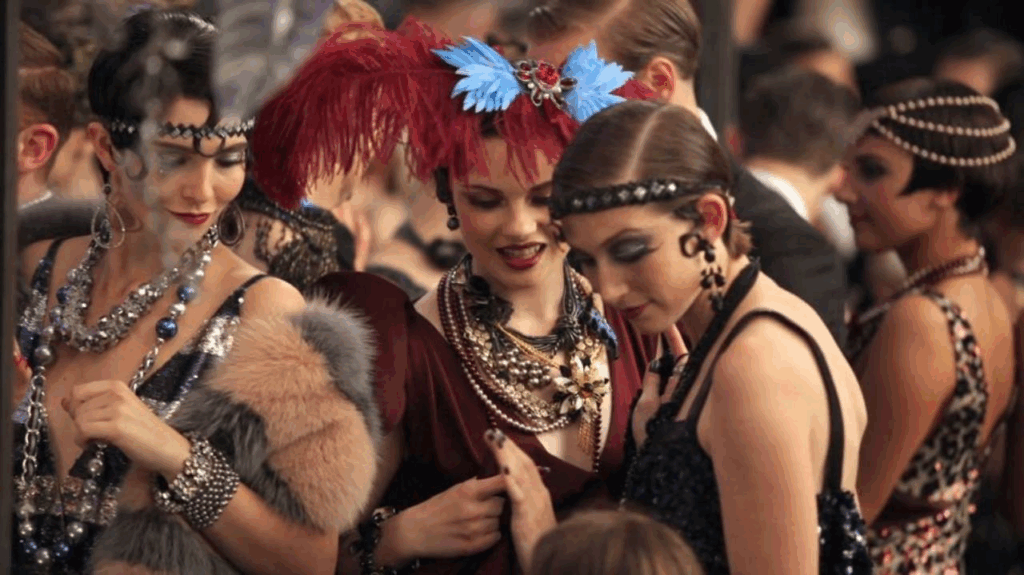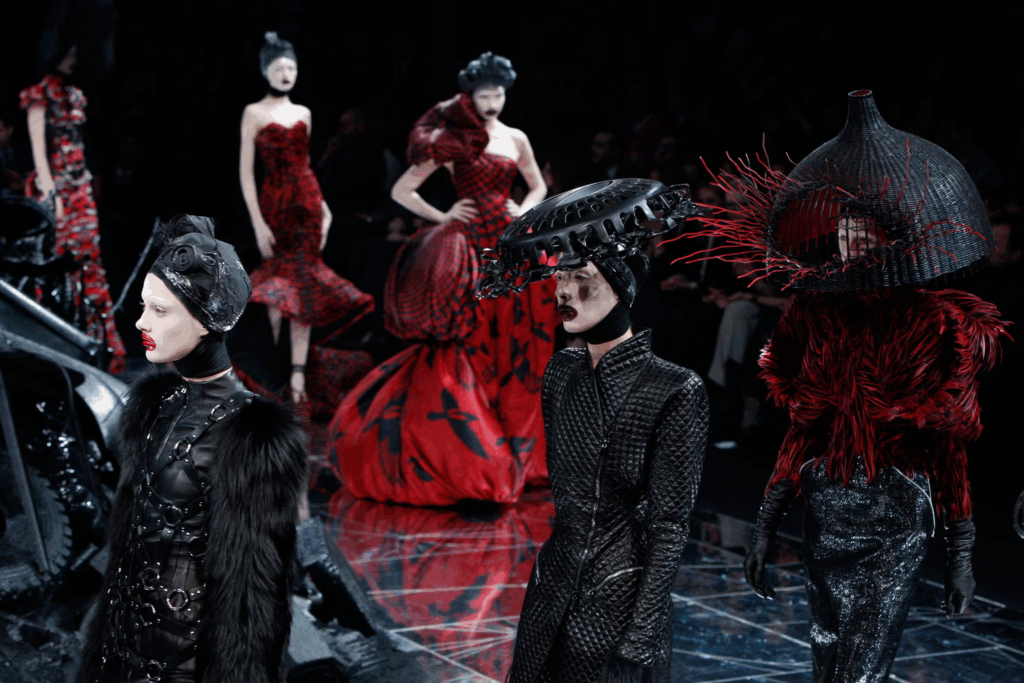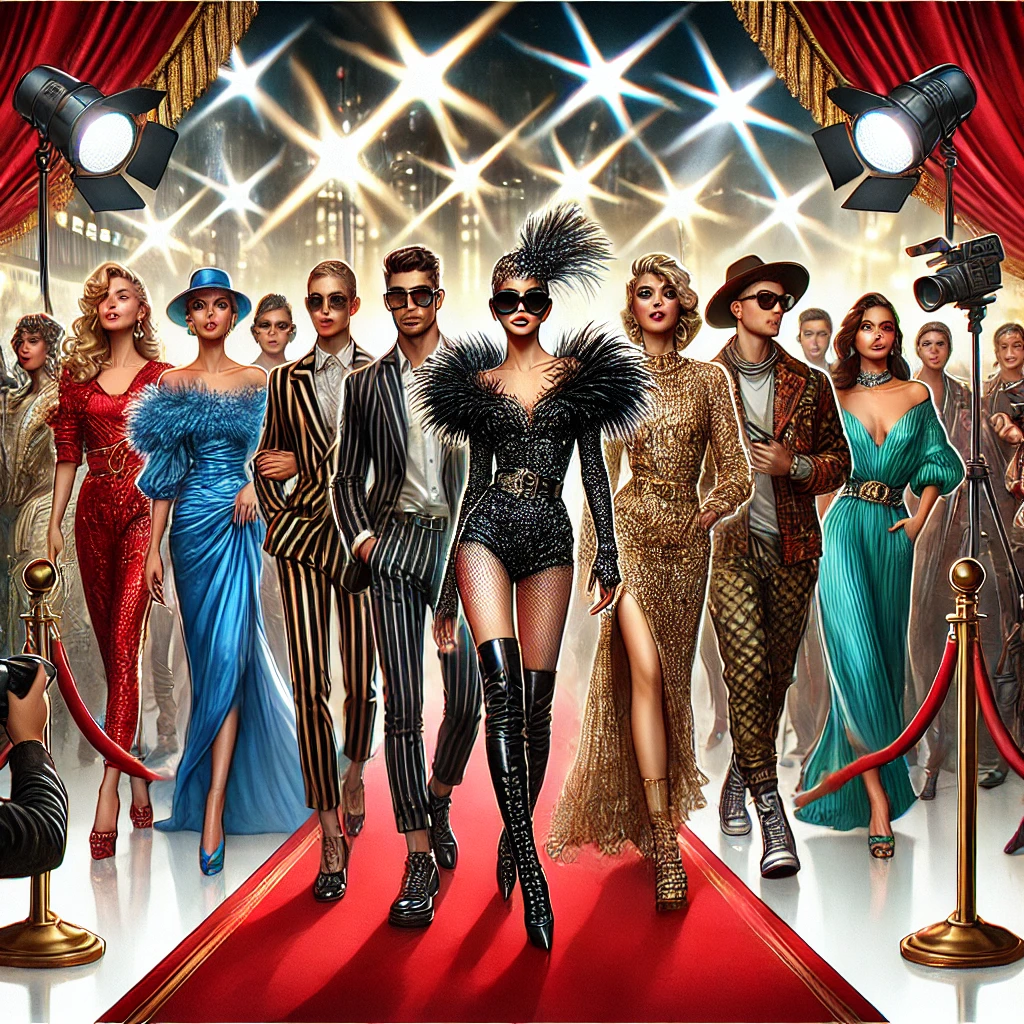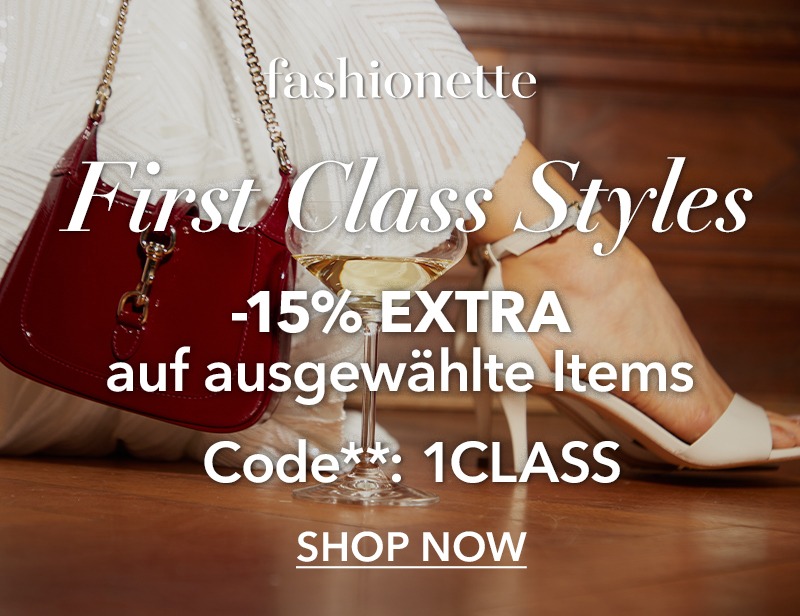In recent years, the worlds of high fashion and Hollywood have merged in powerful and cinematic ways. No longer limited to magazine covers and catwalks, fashion designers are leaving their mark on the big screen—costuming major motion pictures, collaborating with film studios, and even directing visual narratives of their own. As the entertainment industry continues to evolve, fashion becomes not just a visual element but a storytelling force in itself. In this post, we explore how top fashion designers are making influential moves in Hollywood and shaping the future of film aesthetics.
1. Tom Ford: From Gucci to the Director’s Chair

One of the most prominent examples of fashion’s foray into Hollywood is Tom Ford. After making his name revitalizing Gucci and launching his own luxury label, Ford stepped into the world of cinema with the critically acclaimed film A Single Man (2009). His background in fashion design gave him an innate understanding of visual composition, color theory, and emotion through wardrobe. The film’s aesthetics earned Ford a place among serious filmmakers, and he followed it with Nocturnal Animals in 2016.
Tom Ford’s success exemplifies how fashion designers can bring a unique visual language to film, one that is precise, sophisticated, and deeply emotional.
2. Prada and Costume Design in Film

While Miuccia Prada has never stepped behind the camera, her influence in Hollywood is unmistakable. Prada has been tapped to design costumes for various films, including Baz Luhrmann’s The Great Gatsby (2013). Working closely with costume designer Catherine Martin, Prada brought 1920s glamour to life with opulent gowns and intricate detailing that made the fashion just as central to the story as the characters.
Fashion houses like Prada are redefining what it means to do costume design—infusing cinematic projects with high-fashion DNA while preserving historical accuracy and narrative integrity.
3. Alexander McQueen and His Cinematic Vision

Though Alexander McQueen passed away before making a direct transition into Hollywood, his runway shows were nothing short of cinematic. With storytelling that rivaled any blockbuster, McQueen’s theatrical approach to fashion influenced costume designers and filmmakers alike. His vision is often cited as an inspiration for movies that require dramatic flair, fantasy elements, or boundary-pushing costume aesthetics.
The spirit of fashion as cinematic art lives on in films like Maleficent and The Hunger Games, where fashion isn’t merely decorative—it’s instrumental in world-building.
4. Virgil Abloh: Streetwear Meets the Silver Screen

The late Virgil Abloh, known for Off-White and his role as the artistic director of Louis Vuitton menswear, also flirted with the film world. Abloh’s fashion lines blurred the lines between clothing and cultural commentary, and he often collaborated with artists and directors to produce visual experiences that went beyond fashion campaigns.
His short films and visual projects challenged the norms of both fashion and cinema, suggesting that the future of film could be found in the fashion house itself. His contributions continue to inspire how young designers view visual storytelling in the fashion context.
5. Fashion Films: A New Genre

In an age of digital media, many fashion designers have started producing short films as a way to showcase their collections. These aren’t just commercials—they are narrative experiences. Brands like Chanel, Dior, and Balenciaga regularly release fashion films that feature cinematic lighting, storytelling arcs, and professional actors. These short features often premiere during Fashion Week or as part of a digital campaign.
This approach provides an immersive experience for consumers and elevates fashion to an art form that bridges design, movement, and narrative in a visually striking way.
6. The Future of Fashion in Hollywood

As we look ahead, the synergy between fashion and Hollywood is only expected to grow stronger. With streaming platforms increasing their content output and fashion brands expanding into lifestyle media, there is an exciting opportunity for collaborative storytelling.
We are already witnessing fashion designers being brought into projects as creative directors, set designers, and co-producers. Hollywood’s hunger for fresh aesthetics, combined with fashion’s constant push for innovation, means a new era of visually stunning cinema is on the horizon.
7. Fashion’s Role in Character Development

One key reason fashion matters in film is its power to define character. Think of Miranda Priestly in The Devil Wears Prada or Holly Golightly in Breakfast at Tiffany’s—their wardrobes became an extension of their personalities. Fashion not only visually signals status, era, and emotion, but also adds depth and realism to a character’s journey.
Designers who understand this dynamic can create powerful cinematic moments. Whether it’s a sweeping gown in a period drama or a sleek suit in a spy thriller, the fashion is never just clothing—it’s storytelling.
The Crossover of Creative Power

In an industry where visuals can make or break a scene, it’s no wonder Hollywood is looking to fashion’s elite for inspiration. These designers understand how to craft emotion, sculpt identity, and push boundaries—all skills that translate seamlessly to film direction, set curation, and character styling.
As more fashion professionals step into Hollywood roles, the cinematic landscape becomes richer, more diverse, and undeniably more stylish.
Conclusion: The Fashion-Hollywood Power Duo
From directing award-winning films to dressing iconic characters, fashion designers are playing a more central role in Hollywood than ever before. This merging of two glamorous worlds not only enhances the storytelling power of cinema but also allows fashion to be experienced beyond the runway.
Whether it’s through costumes that captivate audiences or narratives that draw from a designer’s unique vision, fashion is no longer just an accessory to Hollywood—it’s a co-star. With every film they touch, designers bring bold aesthetics and emotional depth, proving that this collaboration is more than a trend—it’s the future of film and fashion alike.
